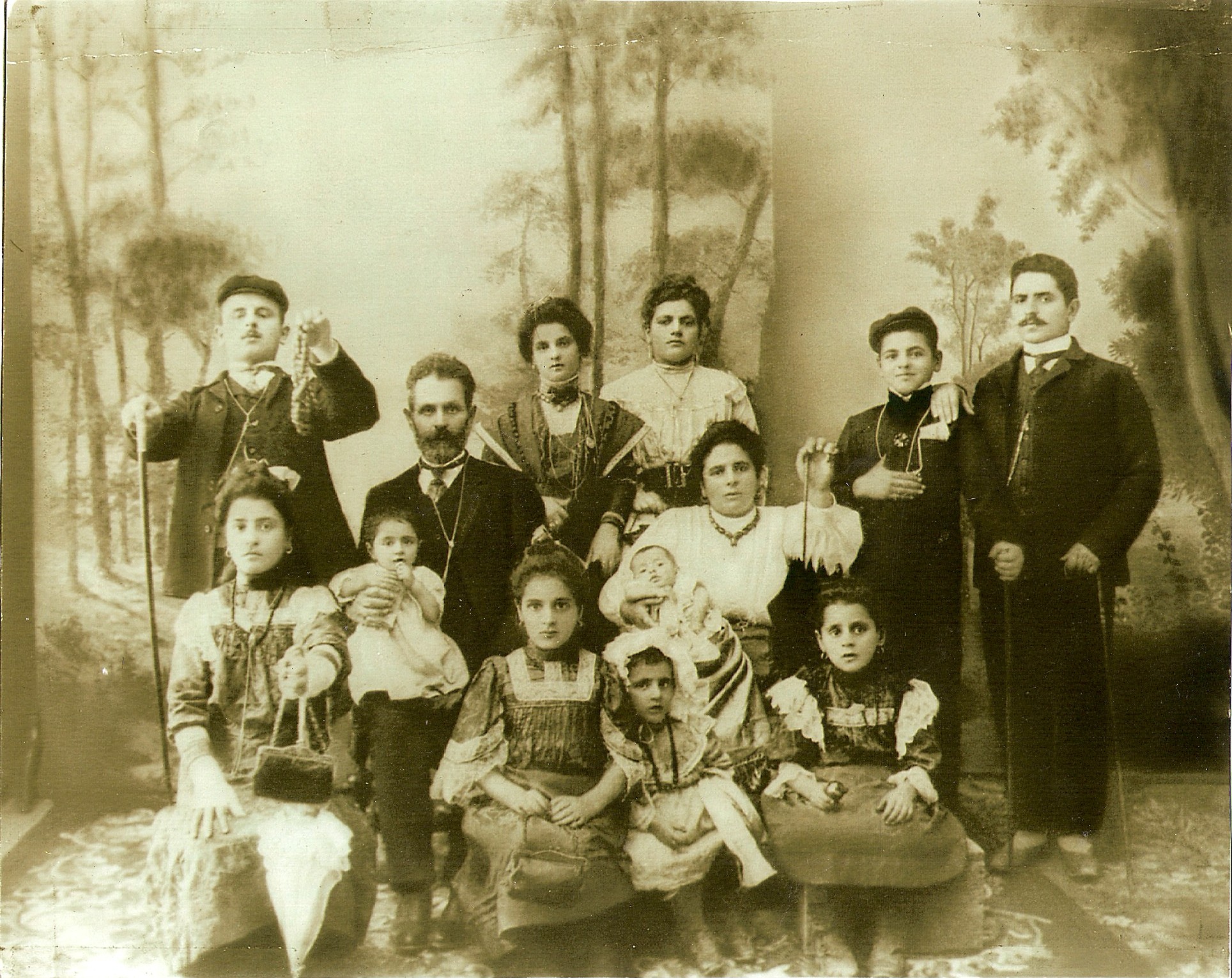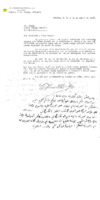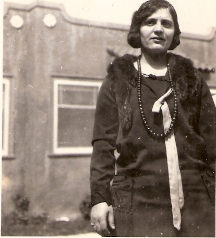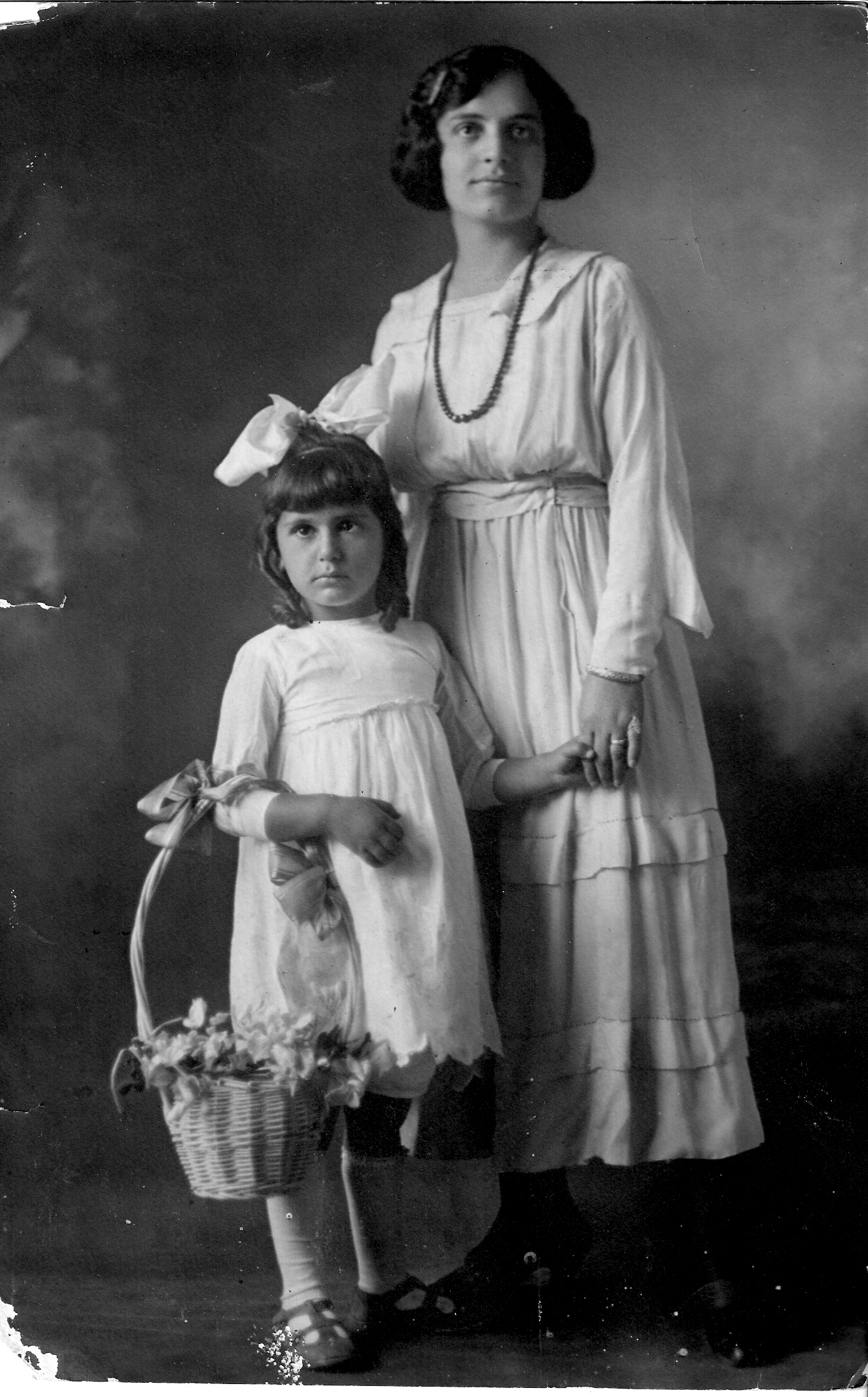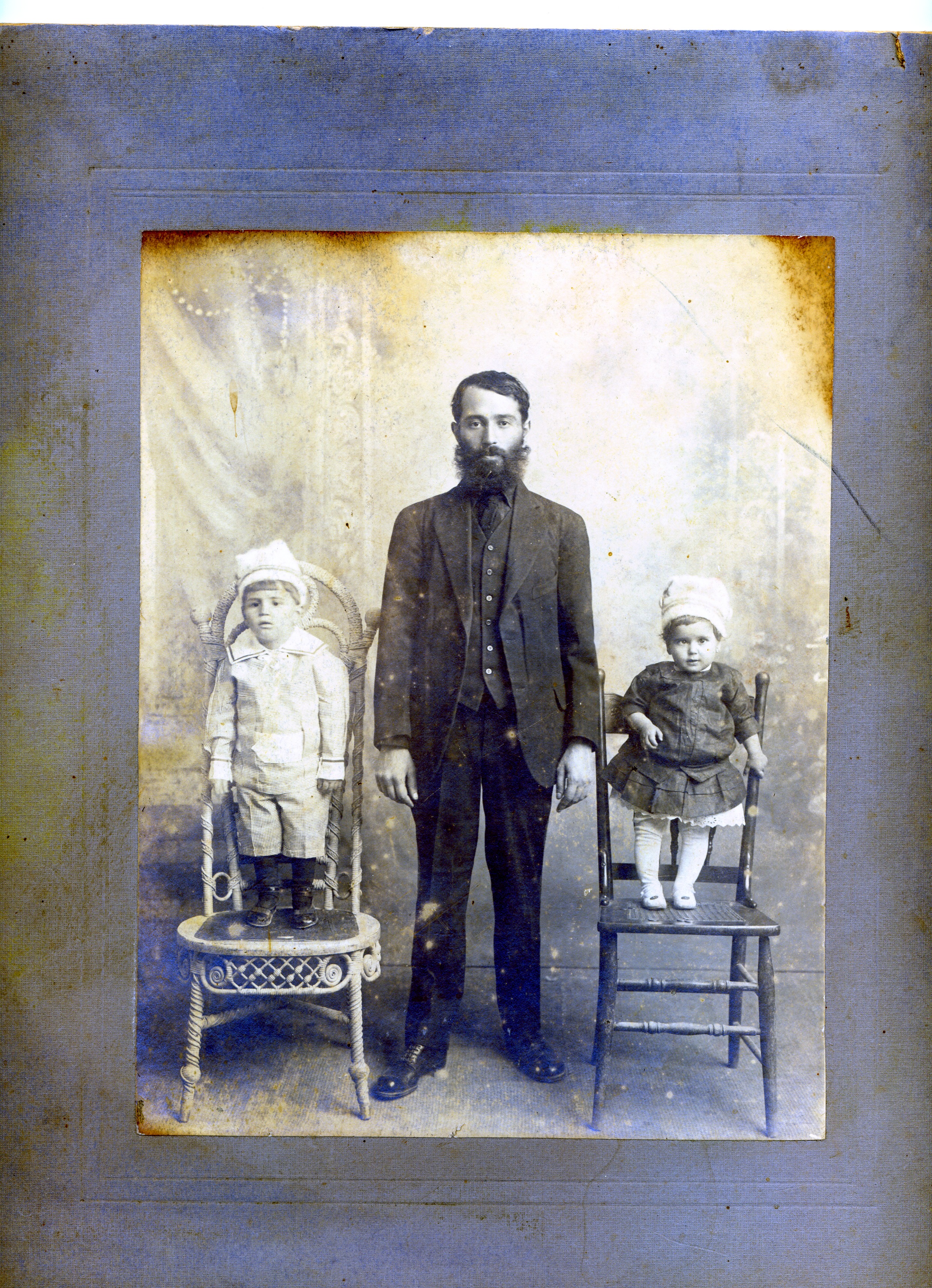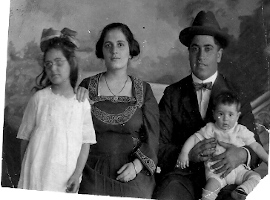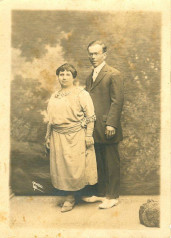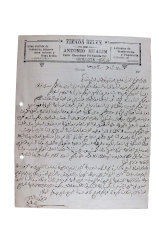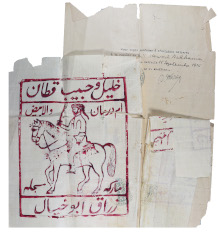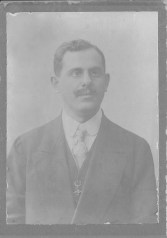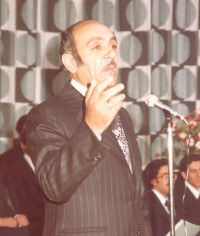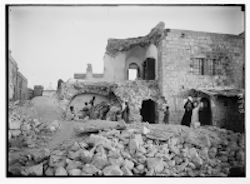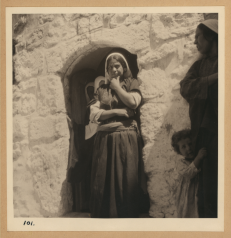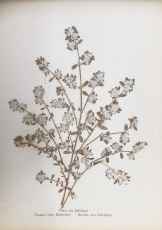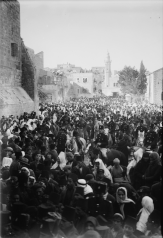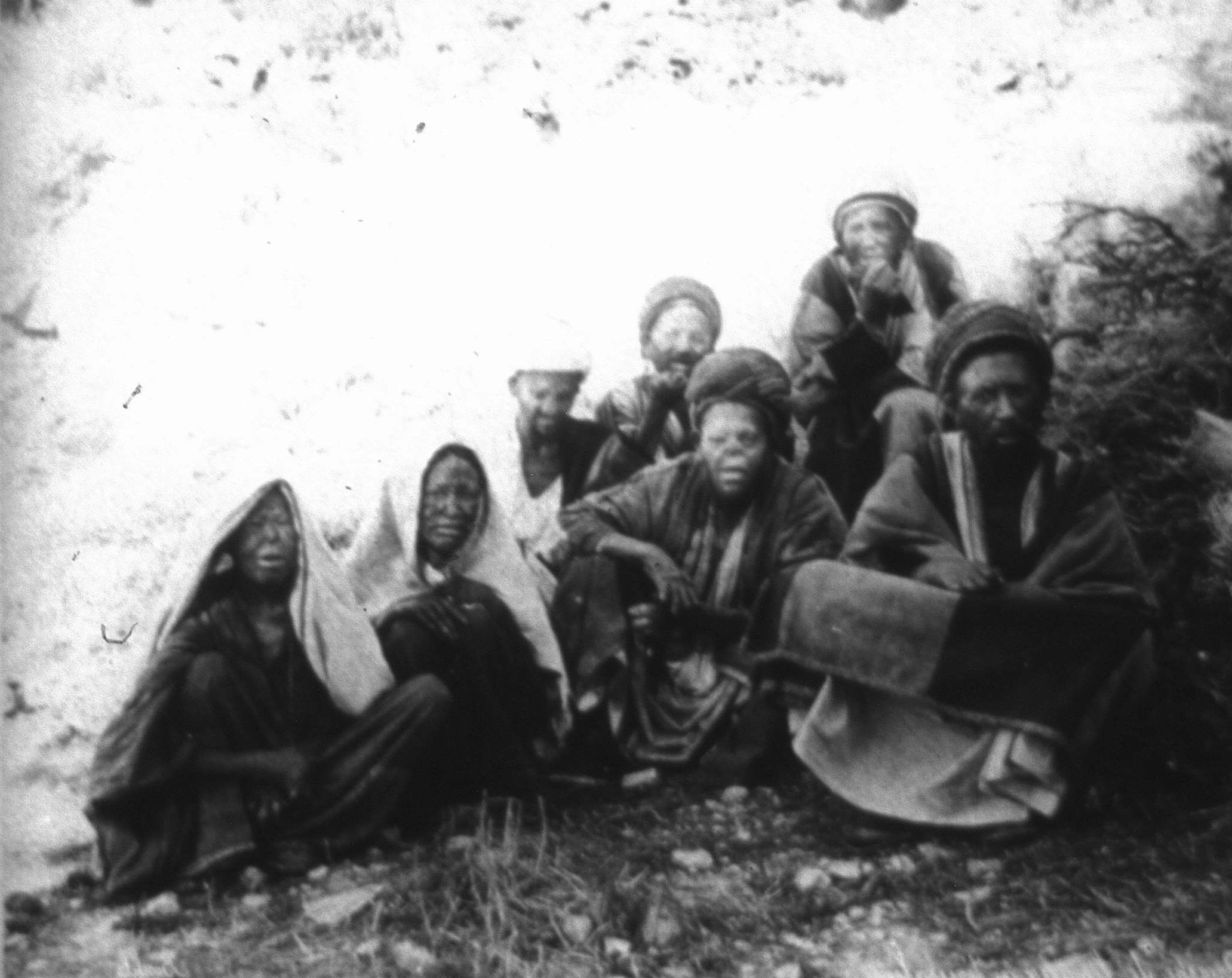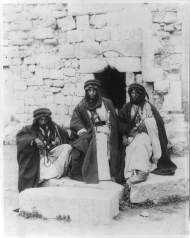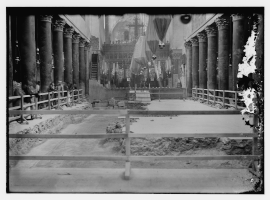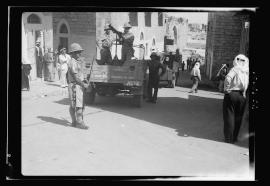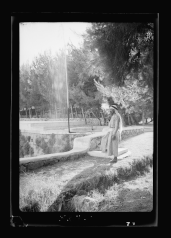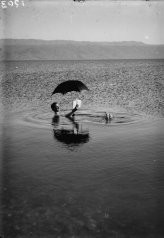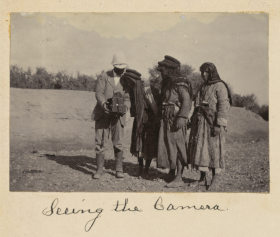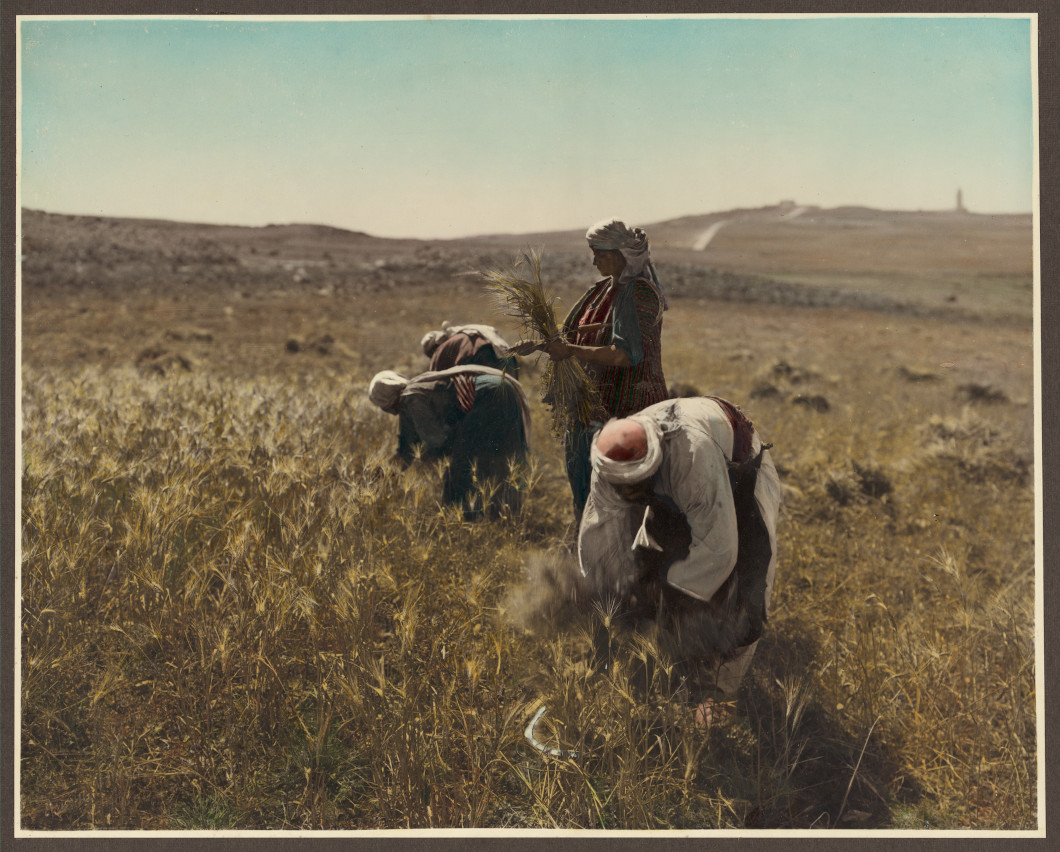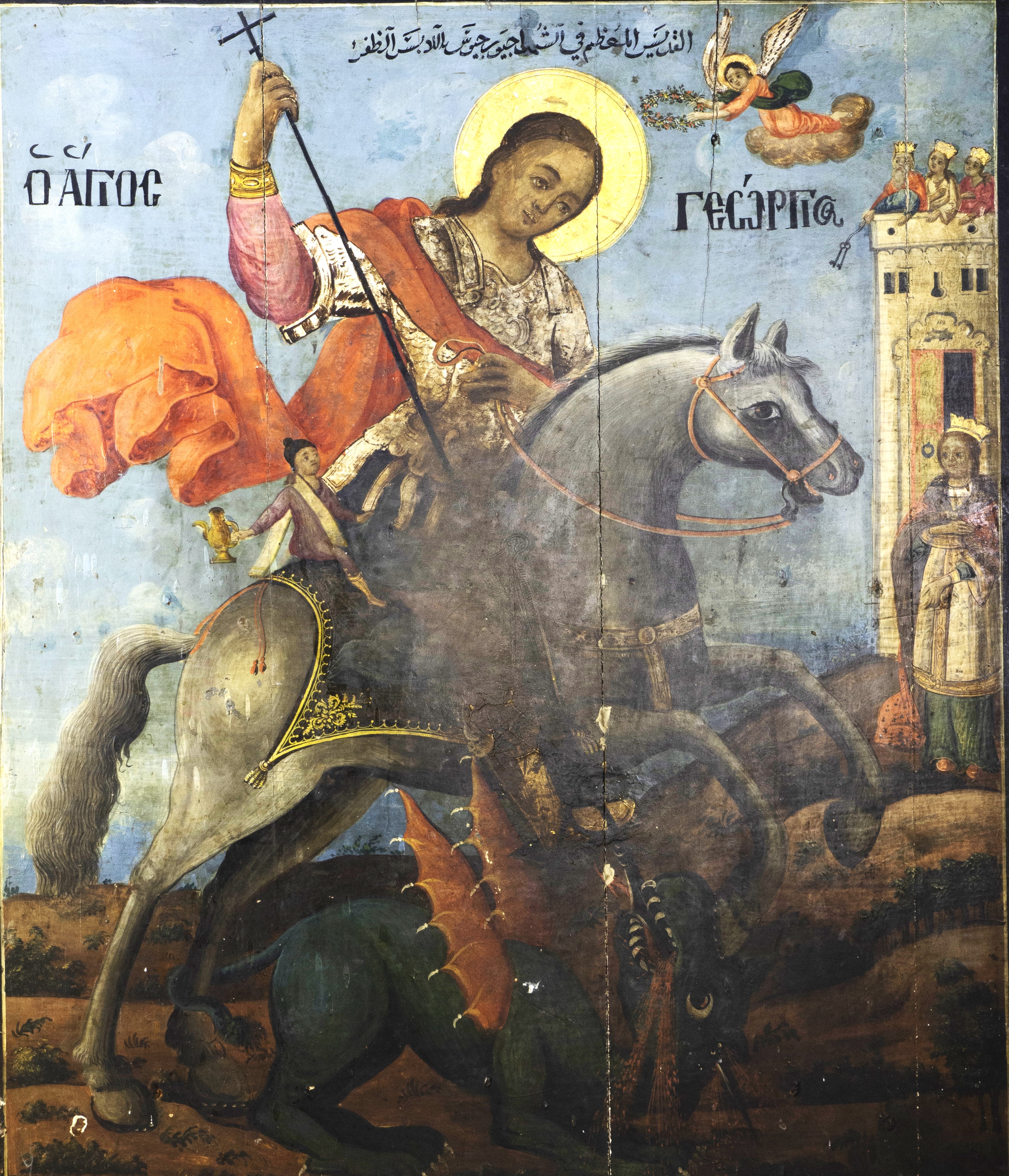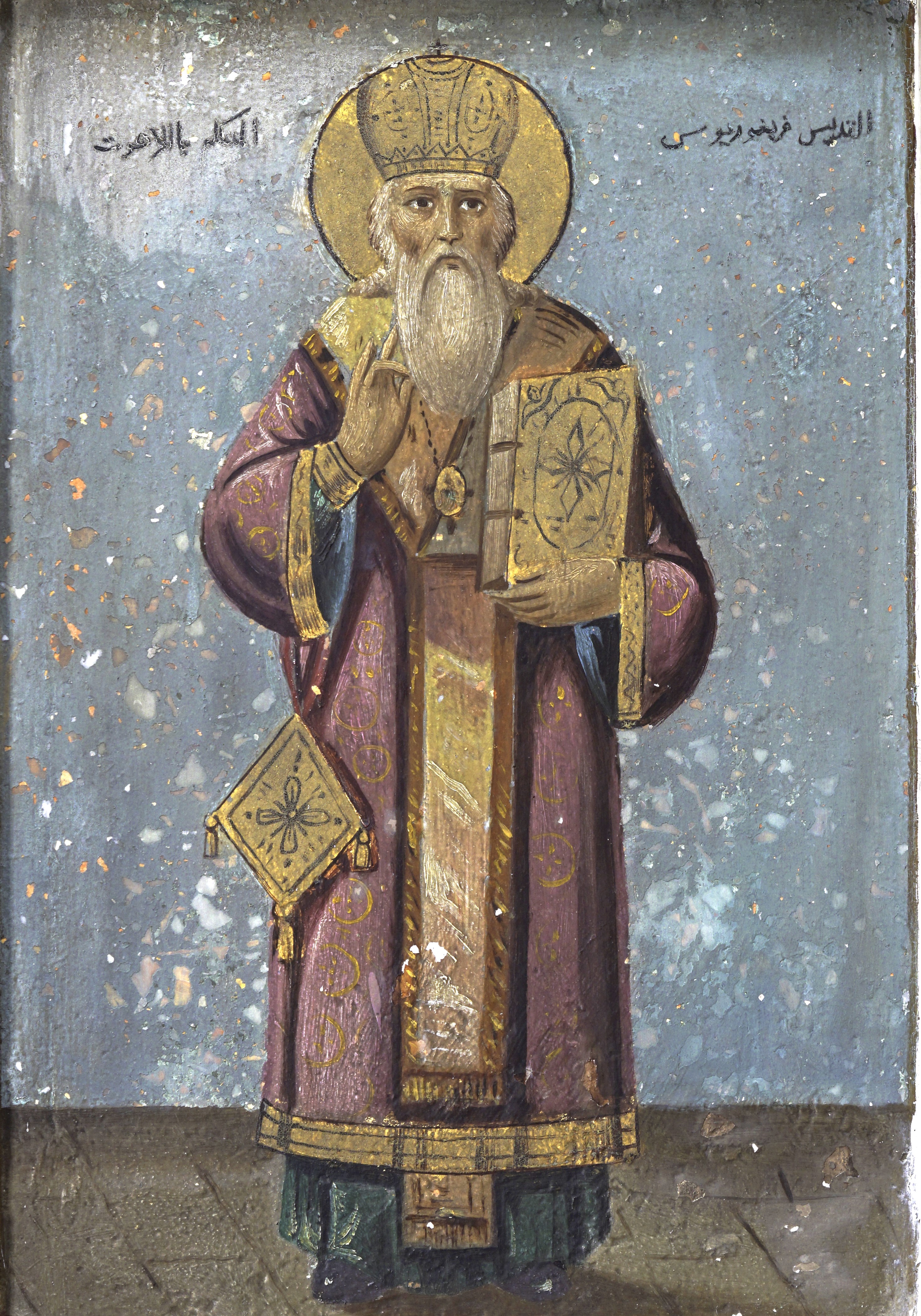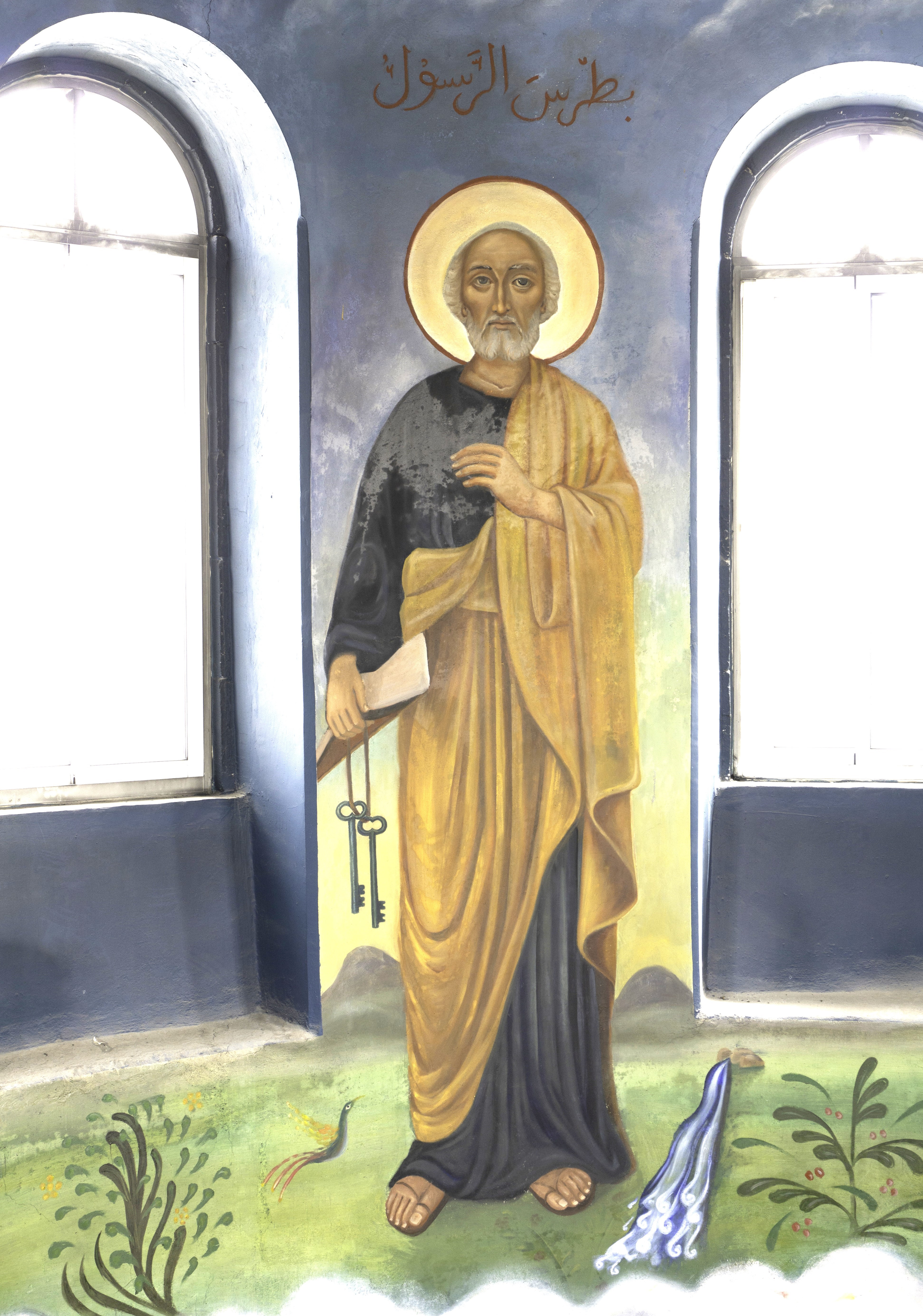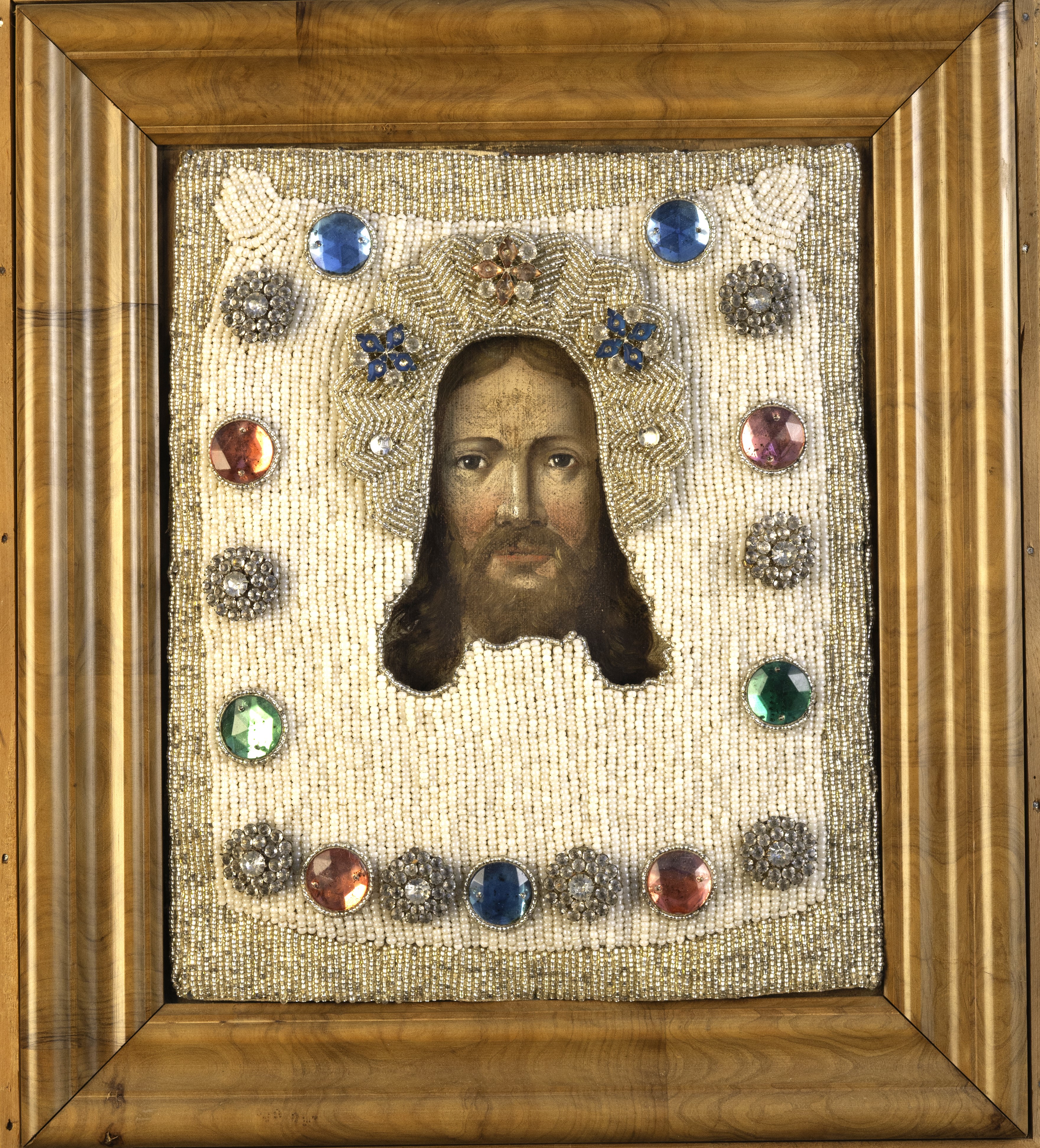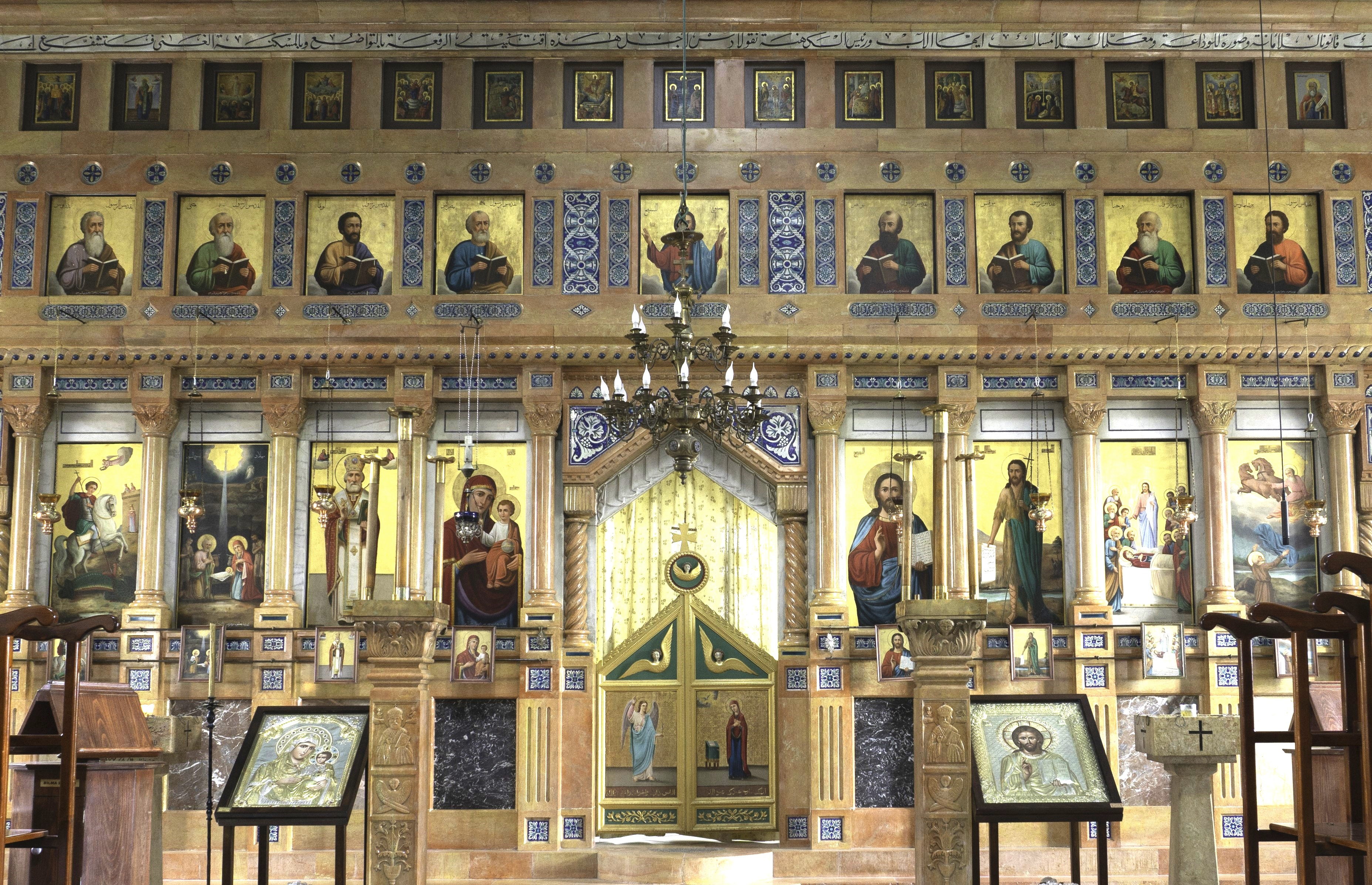Browse Collections
The Planet Bethlehem Archive currently consists of 8 collections and 34 sub-collections. For a quick view of all collections and sub-collection you can use the "Collection List" or click here to browse all collections.
THE KATRINA SA'ADE COLLECTIONS
The collections document the life of Katrina Sa'ade (1900-1989). Katrina was born in Bethlehem but went on to live in various locations around the world, including Kiev (Russian Empire), Saltillo (Mexico), Long Beach (US), Hermosillo (Mexico), and Ramallah (Palestine). The materials were donated to the Planet Bethlehem Archive by Katrina's granddaughter, Kathy Sa'ade Kenny. It consists of a mixture of photographs, recorded interviews (audio) and letters. Many of the materials relate to the turbulent period Katrina spent in Palestine during 1933-34 where she became involved in a bitter dispute with the family of her second husband, Suleiman Farhat. The Katrina Sa'ade Collections consists of 7 sub-collections: Afana Family, Katrina Sa'ade Letters, Katrina Sa'ade Interviews, Kathy Sa'ade Kenny Research, Katrina Portraits, Katrina and Her Children, Sa'ade Family.
THE WILLIAM VICTOR KATTAN COLLECTIONS
The William Victor Kattan Collections document the lives of various members of the Kattan family, following their movements out of Bethlehem to various countries around the world. The collections are focused on the ten children of Giries Hanna Kattan and Hanne Salame Kattan. They are: Khalil (b.1886), Josephine (b.1889), Habib (b.1893), Maria (b.1896), Regina (b.1898), Hanna (b.1903), Nakhleh (b.1906), Victoria (b.1908), Victor (b.1910), and Marguerite (b.1914). During the first decade of the 20th century, the two eldest brothers, Khalil and Habib, established a new branch of the family business in Sudan along with their father Giries. Many of the siblings subsequently lived in Sudan at various points in the 1920s, 30s, 40s and 50s. Most of the materials in the collections relate to their lives in Sudan and how the family used its base there to expand into other areas of the world such as Germany, the UK, Egypt, India, Japan, Chile and Honduras. The materials in the collections were donated to the Planet Bethlehem Archive by William Victor Kattan. They are divided into 3 sub-collections: 1. Kattan Family Photos 2. Kattan Letters 3. Kattan Documents.
GEORGE HARB PHOTOS
This collection documents the life and career of George Harb, a renowned educator, politician, speech-maker and community activist in Bethlehem. The collection consists mainly of photographs of George, his family and other prominent figures in Bethlehem from the 1920s up to the present day. As an elected member of the Bethlehem Municipal Council for 18 years and teacher of Arabic at the Frères school (the first in the region to go co-ed), George Harb was first-hand witness to the major political and social upheavals of the latter half of the 20th century in Bethlehem. The photographs also document more intimate, personal scenes such as family portraits, weddings and social gatherings. The collection was donated to the Planet Bethlehem Archive by George Harb who today lives in Bethlehem.
THE LIBRARY OF CONGRESS COLLECTIONS
These collections bring together materials held at the Library of Congress in Washington D.C that relate to Bethlehem. This includes a large collection of photographs, as well as letters, manuscripts and memorabilia. Most of the materials were already digitised by the Library of Congress, although the Planet Bethlehem Archive has digitised a small number of analogue materials. These are indicated in the individual item descriptions. The Library of Congress collections sonsist of 12 sub-collections: 1) 1927 Earthquake 2) American Colony 3) Bethlehem Crafts 4) Bethlehem Harvest 5) Bethlehem People and Places 6) Bethlehem women 7) Bonfils Fiches 8) Revolt against the British 9) Nativity Scenes 10) Nativity Church 11) Solomon's Pools 12) Wider Bethlehem
THE BETHLEHEM UNIVERSITY ORAL HISTORY COLLECTIONS
The collections consists of digitised versions of tapes and CDs recorded by undergraduate students at Bethlehem University during the period 1992-2008. The original project was led by Dr Adnan Musallam, Chair of the Department of Humanities at Bethlehem University. Dr Musallam encouraged students to interview elderly individuals in Bethlehem and across the West Bank about their recollections of major events in Palestinian. The resulting interviews include recollections of the late Ottoman period, World War I, the Nakba of 1948, the 1967 War and the First Intifada. The interviews were conducted in Arabic and were usually supplemented by a transcript and/or written description (also in Arabic) of the interview. The Planet Bethlehem Archive team has selected for digitisation all of the interviews that cover the late Ottoman and early British Mandate periods, focusing only on those interviewees who lived in the Bethlehem area during that time. The complete collection of original tapes and CDs is housed at Bethlehem University.
THE LEILA SANSOUR COLLECTIONS
These collections consist of materials collected by Bethlehem filmmaker Leila Sansour during over 10 years of documentary film making in Bethlehem. The materials include historic prints, postcards, magic lantern slides, old newspaper clippings and news footage, as well as Leila's own photographic and video work. The Leila Sansour Collections consist of 3 sub-collections: "Postcards and Stamps", "Photographs and Prints", "Magic Lantern Slides."
SAINT NICHOLAS CHURCH ICONS COLLECTIONS
These collections document the unique series of icons held in the Church of Saint Nicholas in Beit Jala (near Bethlehem). The church is built over the far older Chapel of Saint George which stands as the only remaining section of a monastery built around a network of caves where Saint Nicholas is said to have lived in the 3rd century CE. Numerous legends and miracles are attributed to Saint Nicholas in Beit Jala today. Many of the icons depict these miraculous events.
There are over 150 icons in the church, including the iconostasis and portable icons, mostly dating from the 1870s to the 1920s, with a small handful that could be considered an earlier primitive style from the Chapel of St George. The collections also contain a handful of contemporary icons.
The majority of the icons in the collection are in the indigenous Jerusalem School style, an indigenous Palestinian movement from the 19th and early 20th century. This style is almost completely neglected in global museum collections, which tend to focus on Byzantine, Russian or – more rarely – Balkan styles.
The Church of Saint Nicholas was built and funded in 1925 by the local community of Beit-Jala, not the Greek Orthodox Patriarchate of Jerusalem. It has a unique legal status that sits outside of Waqf endowments, making the icons an interesting case study for the articulation of Arab identity within transnational Orthodox politics.
The collections are divided into five sub-collections according to their location within the church.
Funding for this collection was generously provided by the Council For British Research in the Levant (CBRL). The research and photography was carried out by Faten Nastas Mitwasi, Jabra Mitwasi and Sary Zananiri.

